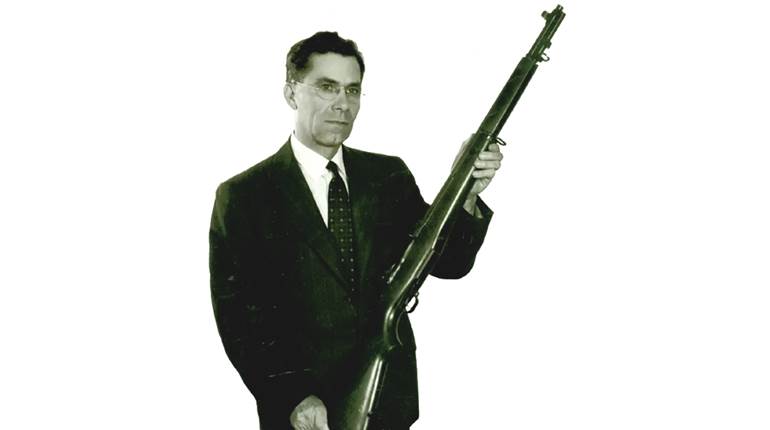
The Savage Arms AccuTrigger was designed by some of the industry’s leading engineers to eliminate trigger creep while being user-adjustable and completely safe. With a pull-weight capable of being set from 1.5 lbs. and 6 lbs.—or anywhere between—and appearing as a standard feature on many of the company’s most popular rifles, the groundbreaking introduction quickly caught the attention of enthusiasts. This year marks the 20th anniversary of the AccuTrigger.
“Introduced in 2003, the AccuTrigger was a game changing innovation not only for Savage, but also for the entire firearms industry,” said Beth Shimanski, director of marketing at Savage Arms. “The AccuTrigger was developed to be the safest and most reliable trigger on the market with a focus on performance and above all, accuracy. It’s impressive that 20 years later, the Savage AccuTrigger remains the best factory trigger there is, making it the ultimate tool for all hunters and shooters.”
“The AccuTrigger spawned a wave of innovation in Savage that continues today and is stronger than ever,” said Al Kasper, president and CEO of Savage Arms. “With new innovations such as AccuStock and AccuFit, a long line of new product offerings, and much more coming down the pike, the AccuTrigger was just the tip of the iceberg of what has come from Savage in the past 20 years and what will continue to come moving forward.”
Not all AccuTriggers shipped by Savage the first year had a floor setting of 1.5 pounds. The figure was a pound higher on rifles with the primary mission of filling big game tags in 2003, according to the press release we have on file. It stated, “The AccuTrigger is adjustable from a minimum of approximately 1 1/2 lbs. to a maximum of 6 lbs., on 12 Series Varmint and LE Series, and from 2 1/2 lbs. to 6 lbs. on most centerfire hunting rifles.” It also explained (with the graphic above from that 20-year-old press release) that, “The AccuTrigger must be completely depressed or the rifle cannot fire because the travel of the sear (see figure 4) is blocked (see figure 5).”




































